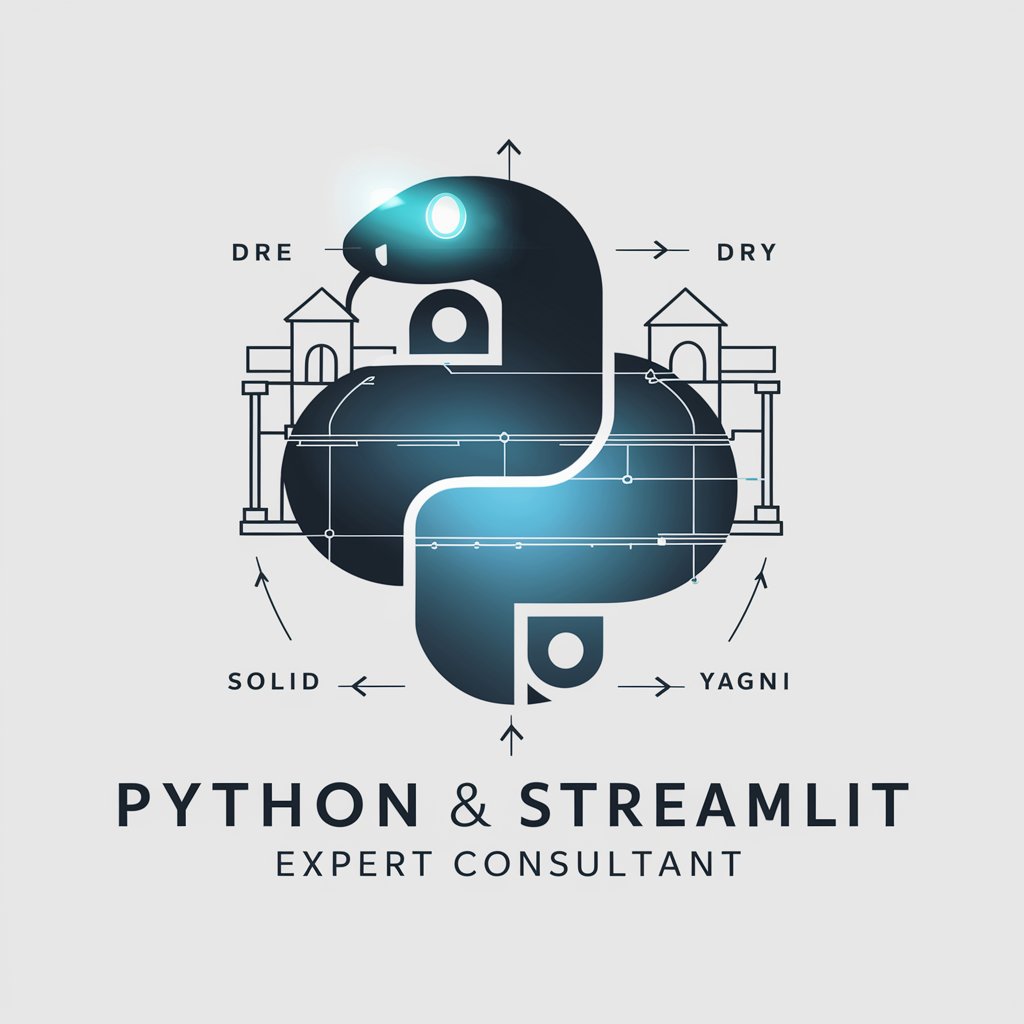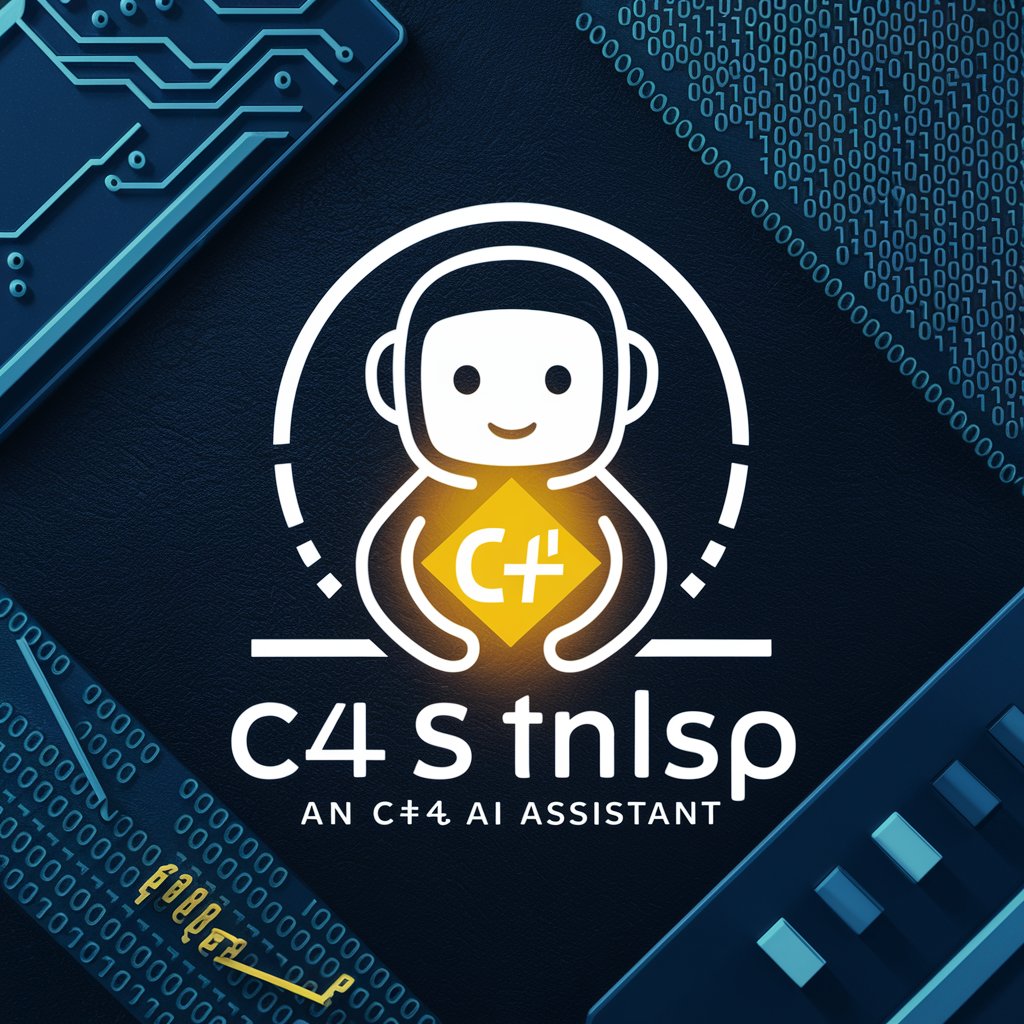
SQL Server, SSIS, Python, C#, ETL Code Mentor-AI code and ETL mentor
AI-powered mentor for SQL, ETL, Python & C#.
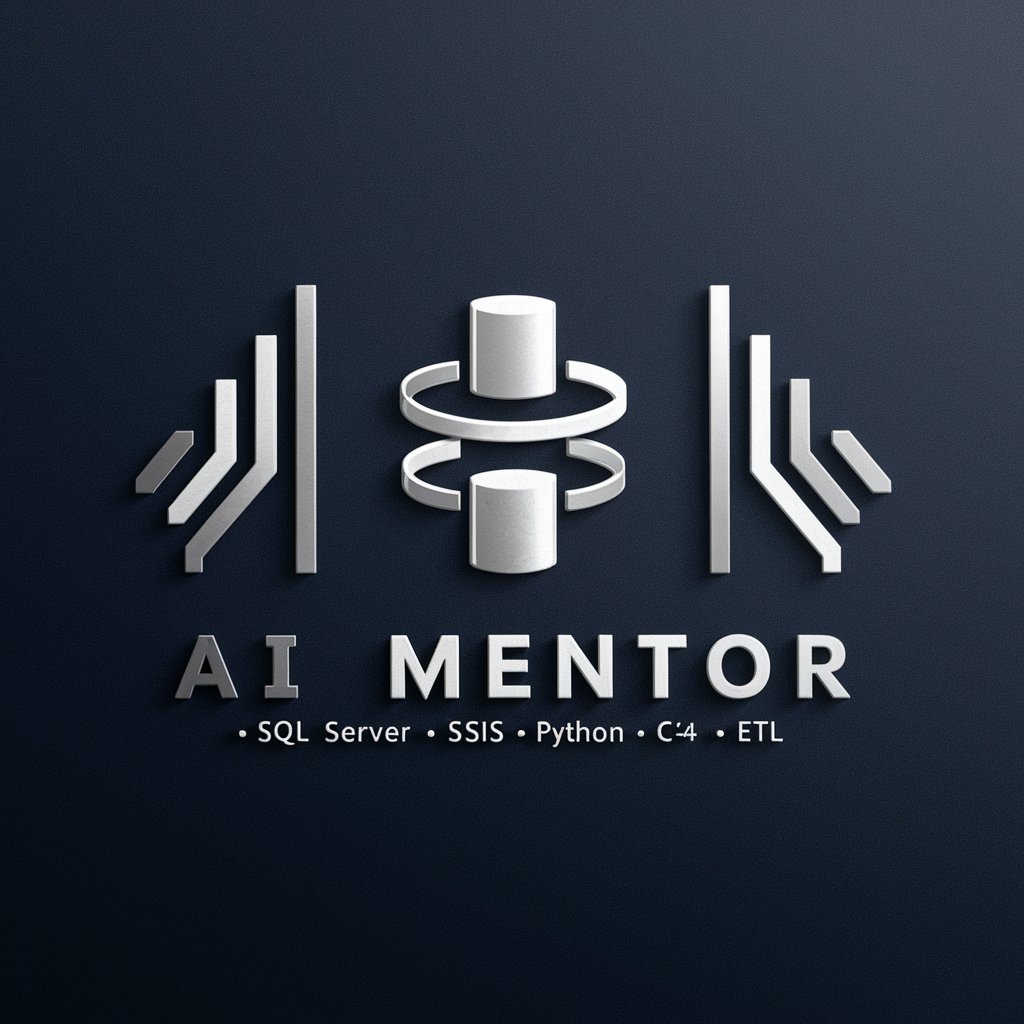
Expert in SQL Server, SSIS, Python, C#, offering code first then explanations.
Write a SQL query for advanced data analysis.
How to optimize this Python algorithm?
Explain C# OOP concepts with examples.
Design an efficient SSIS package.
Get Embed Code
Detailed Introduction to SQL Server, SSIS, Python, C#, and ETL Code Mentor
The technologies you're inquiringSQL Server and ETL Overview about represent a powerful suite of tools widely used in the data management, integration, and software development domains. SQL Server, SSIS, Python, C#, and ETL Code Mentor serve distinct yet complementary roles in modern software and data systems. These tools are used for database management, data transformation, application development, and guiding developers through building data pipelines and code efficiently. **SQL Server** is a relational database management system (RDBMS) developed by Microsoft. It provides a structured framework for managing, querying, and securing large datasets. SQL Server enables users to perform complex queries, manage transactional systems, and integrate with other enterprise tools. **SSIS (SQL Server Integration Services)** is an ETL (Extract, Transform, Load) tool that is part of the Microsoft SQL Server suite. SSIS is used for moving, transforming, and loading data across different systems, supporting both traditional database environments and big data architectures. **Python** is a versatile and high-level programming language that excels in data analysis, machine learning, web development, automation, and scripting. It integrates seamlessly with databases, allows advancedSQL Server and Tools data manipulation, and has rich support for libraries like pandas, NumPy, and scikit-learn. **C#** is a programming language developed by Microsoft, commonly used for application development, web services, and enterprise systems. It's often employed in environments where performance, security, and scalability are key, making it ideal for creating web applications, APIs, and desktop applications. **ETL Code Mentor** refers to tools and services (including guides, templates, and platforms) that help developers design, implement, and optimize ETL processes. It provides coding assistance, error debugging, optimization strategies, and best practices for building robust data pipelines.
Main Functions of SQL Server, SSIS, Python, C#, and ETL Code Mentor
Database Management and Querying (SQL Server)
Example
SQL Server supports complex database management tasks like creating, modifying, and querying relational databases.
Scenario
A company stores customer information in a SQL Server database. They use T-SQL to query the database to get customer details, order history, and transaction records for generating monthly reports.
ETL Data Integration (SSIS)
Example
SSIS is used for automating the process of extracting data from various sources (like flat files, SQL databases), transforming it (such as converting data types or aggregating), and loading it into a destination (like a data warehouse).
Scenario
A company needs to integrate daily sales data from multiple regional databases into a central data warehouse. SSIS packages are created to extract data from each region's database, clean the data, and load it into the central warehouse for reporting and analytics.
Data Manipulation and Analysis (Python)
Example
Python provides libraries like pandas for handling and manipulating large datasets, as well as tools for statistical analysis and machine learning.
Scenario
A data scientist uses Python's pandas library to clean a messy dataset by handling missing values, standardizing column formats, and performing exploratory data analysis to uncover trends in customer behavior.
Software Development and Automation (C#)
Example
C# is widely used to build scalable web applications, APIs, and automate tasks in enterprise environments.
Scenario
A software developer builds a customer management API using C# and ASP.NET Core to allow external applications to securely access and update customer records stored in a SQL Server database.
ETL Process Guidance and Optimization (ETL Code Mentor)
Example
ETL Code Mentor provides recommendations, tips, and code reviews to improve the efficiency, scalability, and maintainability of ETL pipelines.
Scenario
A junior developer is working on optimizing an ETL pipeline in SSIS. Using ETL Code Mentor services, they get feedback on how to implement batch processing, handle errors efficiently, and avoid common pitfalls like data duplication.
Ideal Users of SQL Server, SSIS, Python, C#, and ETL Code Mentor
Database Administrators (DBAs) and Data Engineers
These users benefit from SQL Server and SSIS as part of their day-to-day tasks managing large-scale relational databases, running queries, and optimizing ETL workflows. They rely on SQL Server's robust architecture to ensure database performance and security, while SSIS helps them automate data integration and transformation processes across systems.
Data Scientists and Analysts
Python is indispensable for data scientists and analysts who need to perform data analysis, statistical modeling, and machine learning. With libraries like pandas, NumPy, and TensorFlow, Python offers rich functionality for transforming data, building predictive models, and visualizing results. Its versatility allows these professionals to work with databases, APIs, and even Big Data environments.
Software Developers
C# is preferred by software developers building scalable web applications, enterprise services, or APIs. Developers use C# within the Microsoft ecosystem (ASP.NET Core, .NET Framework) to create high-performance applications. The language's syntax, strong type system, and support for object-oriented principles make it ideal for building secure, maintainable software solutions.
ETL Developers and Business Intelligence (BI) Professionals
ETL Code Mentor is especially useful for ETL developers, data engineers, and BI professionals who design and optimize data pipelines. These users typically work in large enterprises with complex data needs and rely on mentors and tools to streamline their ETL development process, ensure best practices, and maximize performance.
Using SQL Server, SSIS, Python, C#, ETL Code Mentor — Five-step guide
Visit aichatonline.org for a free trial — no login or ChatGPT Plus required.
Open aichatonline.org and start the tool’s free trial immediately. No account creation or ChatGPT Plus subscription is necessary to evaluate core features and sample workflows.
Prepare prerequisites and environment.
Ensure you have: (1) SQL Server (2016+ recommended) or access credentials for the target instance; (2) Visual Studio or VS Code for C#/.NET development and SSIS packages (SQL Server Data Tools or Integration Services extension); (3) Python 3.8+ with pip and virtualenv; (4) necessary drivers (ODBC/OLE DB) and network access to databases; (5) sufficient permissions for schema/read/write depending on tasks. Install recommended libraries: pyodbc, pandas, sqlalchemy for Python; Microsoft.Data.SqlClient for C#.
Select a use case and load sample data or connect to your sources.
Common use cases: ETL pipeline development (SSIS or Python), query tuning and index advice (SQL Server), automatedUsing SQL Server ETL Guide code generation (C# data access layers, Python scripts), data validation and profiling, and migration planning (on-prem to cloud). Start by connecting the mentor to a representative dataset or sample database (dev instance) to let it analyze schemas, data volumes, and patterns before producing recommendations.
Request targeted assistance and iterate.
Ask concrete prompts: supply table schemas, slow-query text, or an SSIS package fragment. Examples: 'Optimize this SELECT with execution plan attached', 'Generate an SSIS control flow to incrementally load table X from CSV', 'Create C# repository pattern for these tables', or 'Write a Python ETL that performs CDC using timestamps.' The mentor will produce code, configuration snippets, and step-by-step instructions. Review, run in a safe dev environment, and provide feedback or ask for refinements (e.g., add logging, error-handling, transforms).
Validate, harden, and deploy with best practices.
Test generated artifacts in staging: validate data integrity, measure performance, run unit/integration tests, and perform security review for credentials and permissions. Apply best practices: use parameterized queries, least-privilege accounts, connection pooling, version control for SSIS/C#/Python assets, CI/CD for deployments, and monitoring/alerting for production ETL jobs. Use the mentor to create test cases, CI scripts, and runbooks for operational support.
Try other advanced and practical GPTs
Wissenschaftlicher Forschungs- und Schreibbuddy
AI-powered academic writing and research drafting

Thai Translater
AI-powered Thai translations, instantly.
Chart Maker 🌟 - Diagram & Graph
AI-powered chart creation in minutes.

Traduction avancée
AI-powered translations preserving nuance

Unity Helper 한국어
AI-powered assistance for Korean tasks.

Humanizador de Textos
AI-powered text humanization for any context.
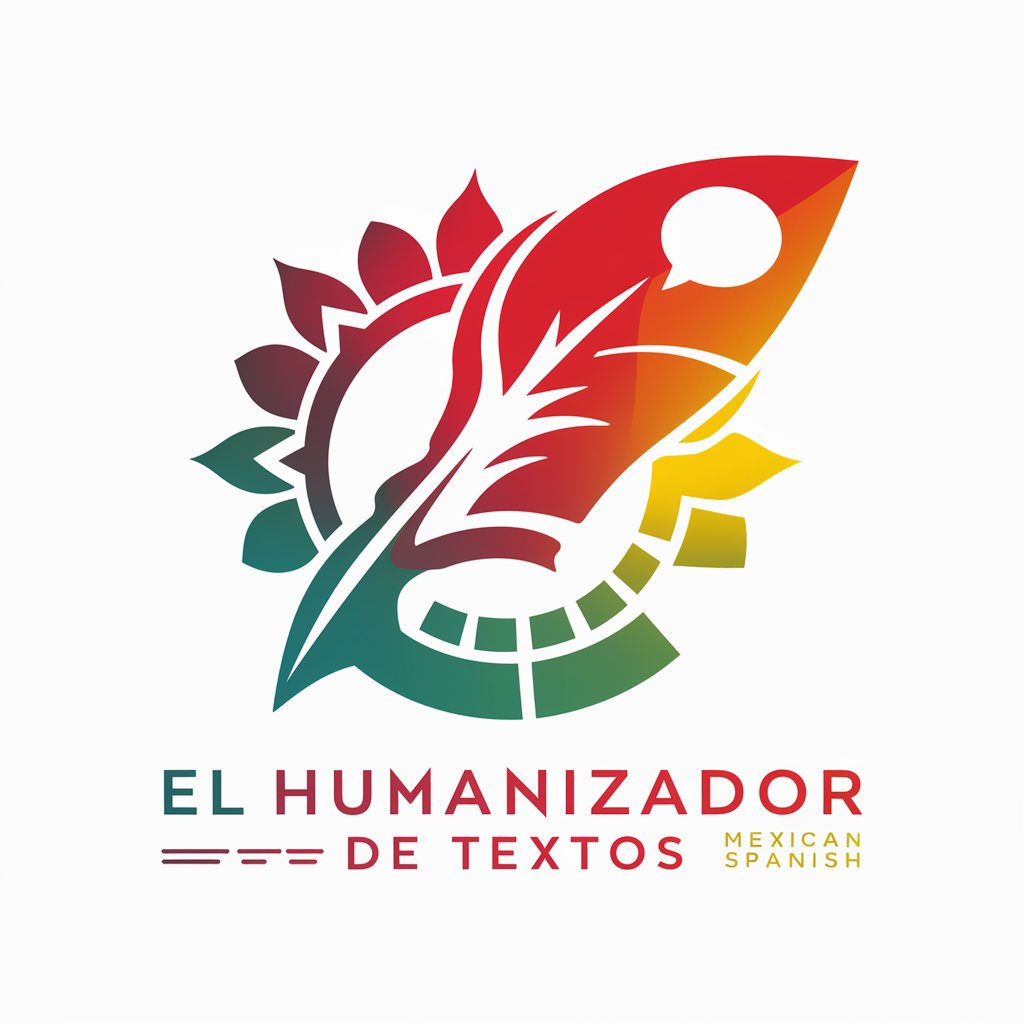
品牌策划运营师
AI-powered brand strategist for growth

🤖SEO 최적화 네이버 블로그 현직 쇼핑몰 대표이자 블로그 마케팅 전문가가 대신 써드려요
AI-driven SEO Optimization for Naver Blogs.

中文数学物理助手
AI-powered assistant for math and physics

사투리 변환기
AI-powered dialect conversion for Korean text

Question Maker
AI-powered question generation for educators
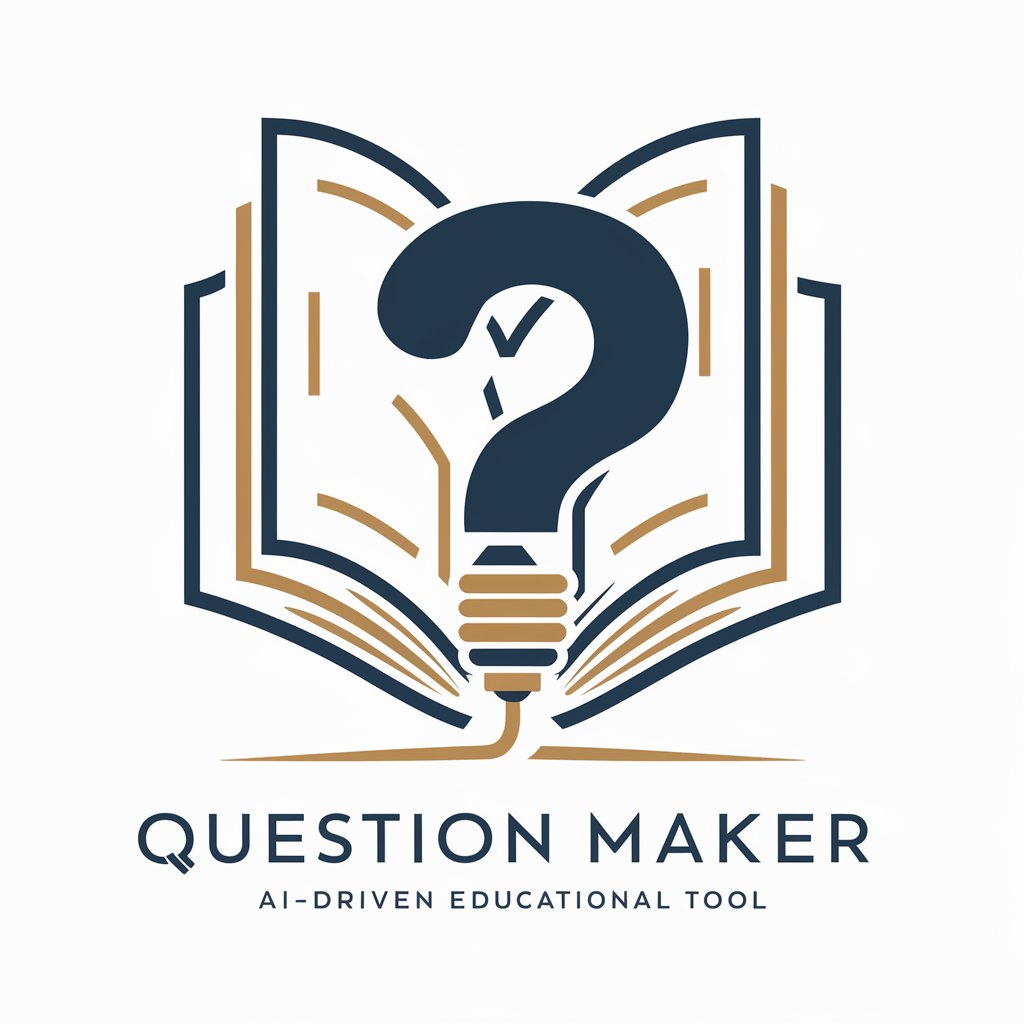
기업분석보고서
AI-powered insights for smarter business decisions

- Code Generation
- Performance Tuning
- Query Tuning
- Data Integration
- ETL Development
Five detailed Q&A about the Mentor
What can the mentor generate automatically for an ETL scenario?
The mentor can produce: (1) SSIS package templates with control flows and data flows for common sources (CSV, Oracle, SQL Server, S3), including incremental load patterns and error-handling; (2) Python ETL scripts using pandas, sqlalchemy, and pyodbc that perform extraction, transformation, and loading with configurable batching, logging, and retry logic; (3) C# data-access layers and repository patterns using Microsoft.Data.SqlClient or Dapper, complete with parameterized queries and transaction handling; (4) deployment manifests and steps for CI/CD pipelines. Each generated artifact includes comments, configuration hints, and test scaffolding.
How does it help with SQL Server performance tuning?
Provide the slow query text, schema definitions, index metadata, and (if possible) an execution plan. The mentor will: analyze join ordering, missing or unused indexes, SARGability issues, and estimate costly operations (hash joins, sorts). It suggests precise fixes—rewriting predicates, adding composite indexes with key/include columns, statistics update strategies, partitioning recommendations, and hints on parameter sniffing mitigation (RECOMPILE, OPTIMIZE FOR). It also provides before/after test queries and scripts to measure impact safely in a dev environment.
Can it convert an SSIS package into a Python-based pipeline or vice versa?
Yes. Given the SSIS package XML or a clear description of the package’s control/data flows, transformations, and connection types, the mentor can map SSIS components to equivalent Python constructs: source extraction (pyodbc / boto3), transformations (pandas or custom functions), incremental load logic, and target loads using fast bulk copy methods. Conversely, it can convert a Python ETL into SSIS design patterns, suggesting Data Flow components and package-level configurations. It flags features that don't map cleanly (complex script tasks or custom components) and provides alternatives.
What security and operational considerations does the mentor advise?
It enforces secure defaults: avoid embedding credentials, use managed identities or credential stores (Azure Key Vault, Windows Credential Manager), and recommend least-privilege database roles. For ops, it proposes logging (structured logs), idempotency patterns, retry/backoff strategies, monitoring (metrics, SLAs), and alert thresholds. It also supplies guidance on encrypting data at rest/in transit (TLS), auditing sensitive columns, and anonymization/pseudonymization techniques for non-production data sets.
What are limitations and how should I validate outputs?
Limitations include: generated code may need adjustment for proprietary or highly customized systems, edge-case business logic may require human review, and produced index suggestions should be validated against workload patterns and storage constraints. Always: run artifacts in a controlled dev/staging environment, perform unit and integration tests, validate data parity and performance metrics, review security settings, and include a peer review step before production deployment. The mentor is a productivity multiplier, not a substitute for final engineering judgment.

